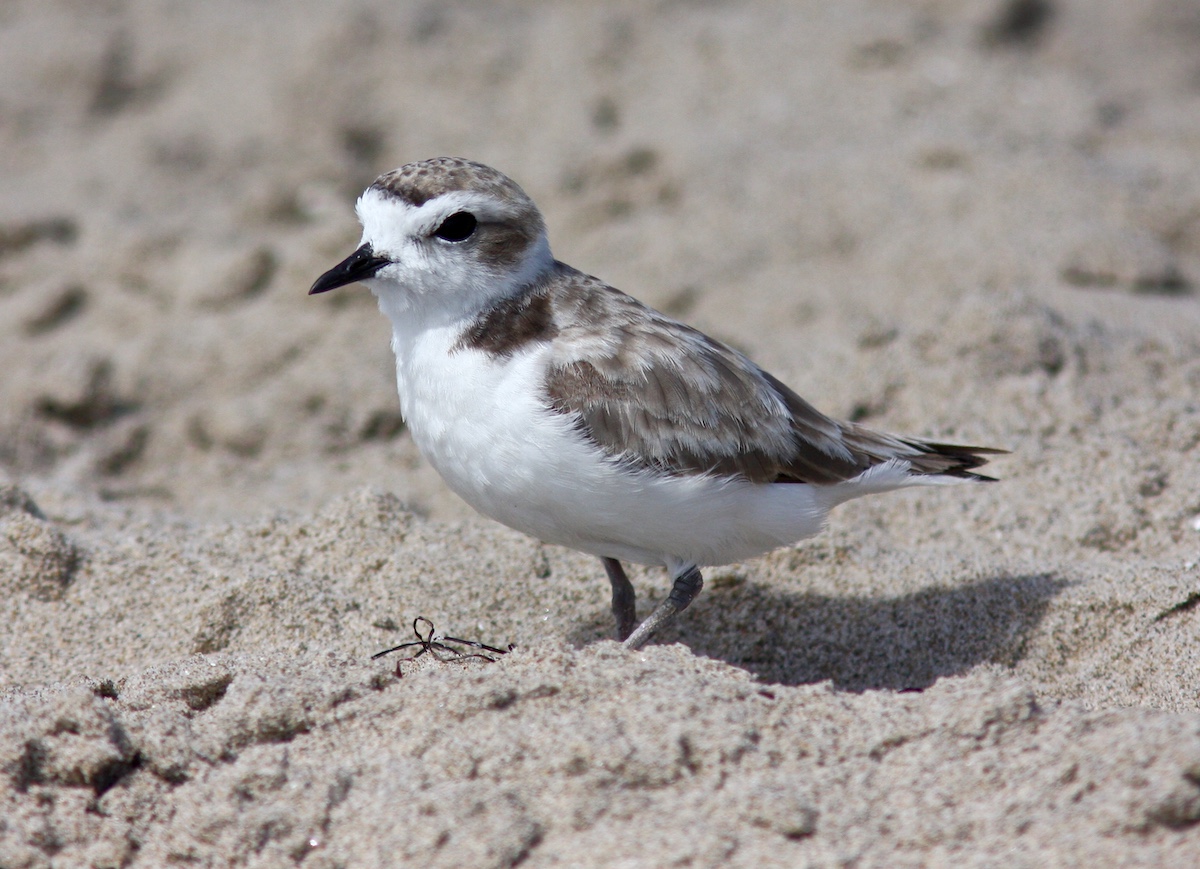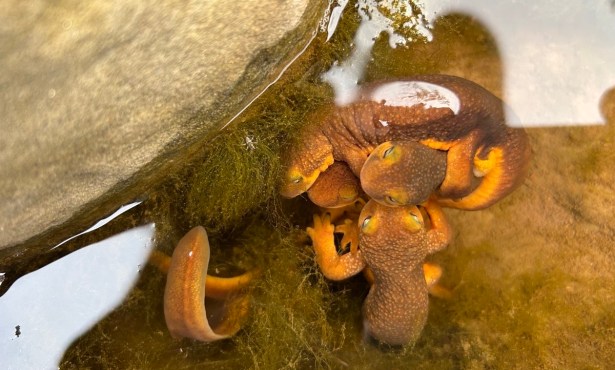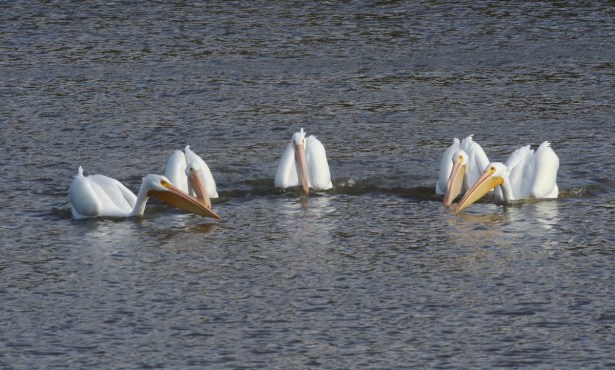Santa Barbara Birding: A Recent History of Snowy Plovers
Up to 20 Nests Monitored at Coal Oil Point Reserve

When I first moved to Isla Vista in July 1981, I was excited to find that the area abounded in excellent birding spots, many within a bike ride of my apartment. Particularly interesting to me was Devereux Slough and the beach area around Coal Oil Point. There were no shorebirds nesting on the beach in those days, except for the occasional killdeers, but it was a great place to see migrants that stopped to feed and rest.
Fall and winter came and brought an abundance of shorebirds. One of the birds I delighted in seeing along Sands Beach was the snowy plover, a thing of beauty with its pure white underparts and sandy back, its large dark eye and short bill giving it a gentle expression. More than 100 came to spend the winter on this short stretch of beach. Often they would be invisible until you got too close, and then the sands would shift and out of footprints would rise these gems of birds and they would scurry away. It wasn’t until later that I found out that plovers formerly nested all along our coast.
In 1910, the snowy plover was recorded as nesting in “substantial numbers” in the vicinity of Santa Barbara and Carpinteria. By the 1920s, nesting attempts were on the wane as human encroachment on the beaches increased. Introduced predators were also blamed for the decrease. By the turn of the last century, nesting attempts on the south coast were few and far between, and the snowy plover was listed as threatened in the western United States.
Every few years, however, the odd pair of snowy plovers would attempt to nest in their historical territories, but usually without success. Then in 2001, nesting was confirmed at the mouth of Devereux Slough when two chicks were discovered. The Santa Barbara Audubon Society acted quickly and collaborated with the Coal Oil Point Reserve to provide funds and docents to protect the birds.
Not without protest, an area was fenced off along the upper beach in order to protect the plovers and to tempt more birds to recolonize. The following year saw a dramatic increase with nine nests and 14 fledglings. In recent years, there have been up to 20 nests monitored at the reserve. The success of the plovers at Coal Oil Point Reserve is a great example of what can happen when humans are willing to cede a bit of territory; it’s surprising how humans and fragile species can coexist.
Recently, Chuck Graham wrote in these pages concerning snowy plovers that just fledged three young at Carpinteria State Beach, a remarkable feat considering how busy that beach is. This would not have been possible without a small team of volunteers who monitored the nest and helped educate beachgoers.
Last spring, when COVID was taking hold, I kept an eye on a small group of snowy plovers that were on the Santa Barbara Harbor sandspit. I was hoping they would attempt to nest, but there was just too much foot traffic. In one 20-minute period, an off-leash dog chased the flock, which then landed close to a family that was playing soccer. The father deliberately kicked the ball at the birds and put them again to flight. His boy said, “Dad, those are snowy plovers ― they’re endangered. That’s not cool.” There’s still hope for the world, I guess.
Support the Santa Barbara Independent through a long-term or a single contribution.



